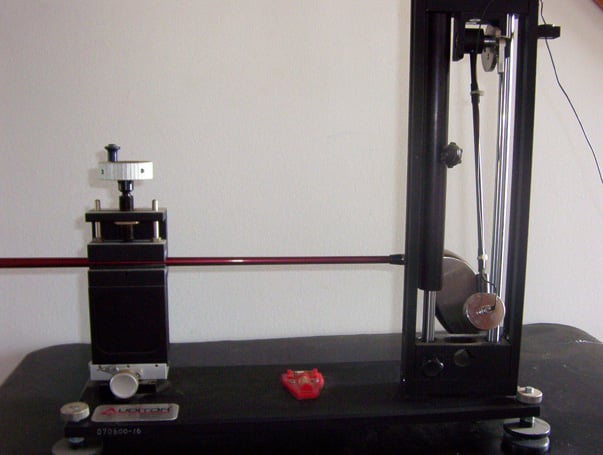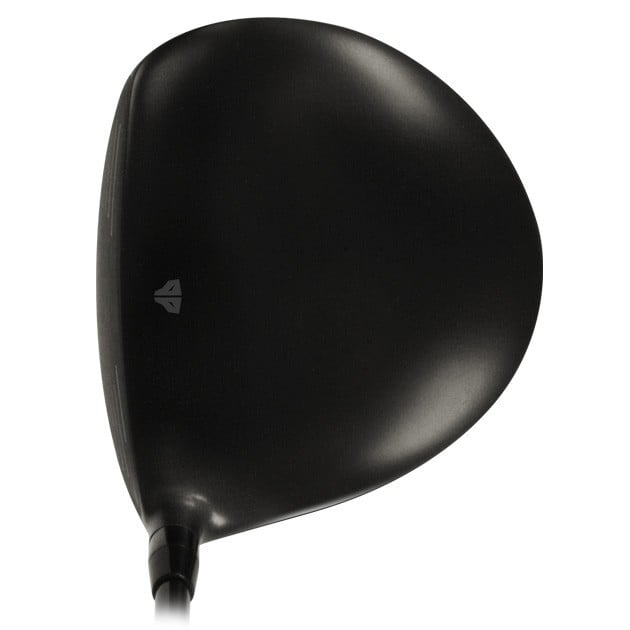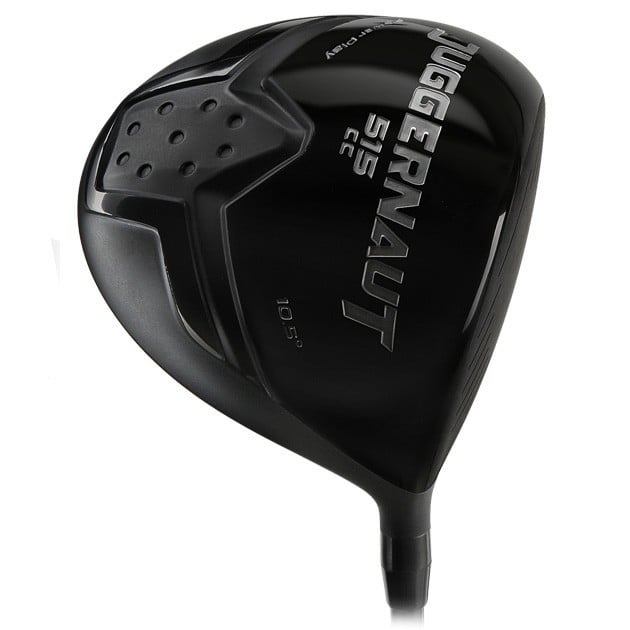Will I Hit The Power Play Juggernaut Driver Further?
If you are a customer of ours and selling custom made Power Play Juggernaut drivers to people in your immediate area, use the honest approach about any potential distance gains.
I like to be as honest to customers as possible, because if not, you never know when it will come to bite you in the behind. One question I frequently get asked is “Will I hit your Juggernaut driver farther than my current driver?” To put that in perspective, we tout the Power Play Juggernaut driver as a non-conforming as the coefficient of restitution (C.O.R.) and the volume both exceeds the allowable limit set forth by the USGA. So you would think the answer is a no-brainer that the Juggernaut would go automatically further if you are using a conforming driver. Taking a page from ESPN’s Lee Corso I have to remind people “Not so fast my friend”.
Loft trumps high C.O.R.
For a low ball hitter or those already using a higher lofted driver, take heed. If you are hitting the ball lower than your playing partners, you are probably giving up all sorts of distance. One of the surefire ways of increasing your distance is to optimize the loft of your driver regardless of your ability or swing speed.
The Power Play Juggernaut is only available in a 10.5º loft option. If you require a higher lofted driver, then whatever benefit the higher ball speed coming off the Juggernaut’s “hot” face may not compensate for the loss of carry distance from a driver with higher loft. Just be aware of that fact.
Looks closely at what driver specifications you are using now
Be sure to examine other parameters of your current driver like the shaft weight and length. You need to be sure you are comparing apples to apples. For instance, make sure your current driver is 10.5º (again matching the Juggernaut). But let’s say the shaft in your current driver is a 55g model and the playing length 45 ¾”. If you decide on using the stock shaft (66g) and length (45”) on our website, then your swing speed and distance could be reduced and actually loose distance. I would implore you to seriously upgrade and match to a lighter shaft and longer assembly length if you are comfortable with your current set up.
Where does your driver fall in C.O.R. tolerance?
 One thing that most consumers are not aware of is manufacturing tolerances. They will assume that the C.O.R. limit for driver is 0.830 and that their driver was made to that spec. The USGA encourages manufacturers to target the C.O.R. at 0.822 to allow for manufacturing tolerances for face thickness. Actually the USGA no longer uses C.O.R., but rather Characteristic Time (C.T.) as a measure of spring-like effect of the face.
One thing that most consumers are not aware of is manufacturing tolerances. They will assume that the C.O.R. limit for driver is 0.830 and that their driver was made to that spec. The USGA encourages manufacturers to target the C.O.R. at 0.822 to allow for manufacturing tolerances for face thickness. Actually the USGA no longer uses C.O.R., but rather Characteristic Time (C.T.) as a measure of spring-like effect of the face.
In 2005, the USGA adopted a newer and more portable testing protocol for measuring spring-like effect. Using a pendulum testing apparatus, the face is struck and the characteristic time (C.T.) of how long the pendulum’s plunger makes contact with the face is recorded. Any driver that exhibits a C.T. value greater than 239 μs (microseconds), plus the tolerance 18 μs, is deemed to be non-conforming (257 μs maximum). The 257 μs correlates with a 0.830 C.O.R. and the 239 μs correlates to a C.O.R. of 0.822. However very few consumers have ever heard of C.T. and they along with marketing firms, continue to this day to use the C.O.R. vernacular.
If a manufacturer had a spec of 0.830 on a driver, then there is a good change that half of all production models will be over the limit. The USGA could test a tour player’s club or randomly purchase heads from a retail establishment and test the C.T. If the C.T. is over the limit, they could retest and if found over the limit again, could deem that driver (and loft) non-conforming for everyone. There is a definite incentive for manufacturers not to try to cross that line.
This leads us to the question how much of a distance increase can be gained. If your current driver happens to fall on the low side of the C.T. / C.O.R. limit and the Juggernaut you purchase is on the high side of the tolerance, you will see more gain than the opposite scenario. But we made sure that the Juggernaut’s C.O.R. was high enough, that even with manufacturing tolerances, would still be above the USGA’s limit.
YMMV (Your mileage may vary)
 So this is the honest to goodness scoop. Not everyone will see distance gains and those distance increases (if any) can vary from person to person due to their clubhead speed (higher the more greater potential) and clubhead tolerances (C.T. and loft). Having used several of the Juggernaut drivers off and on for nearly a year (yeah, I get to play all the early prototypes), I can avow that I have uncorked the longest drives of my career. Like many golfers out there, I no longer carry a handicap and play for the mere enjoyment and that is who the Juggernaut was designed for.
So this is the honest to goodness scoop. Not everyone will see distance gains and those distance increases (if any) can vary from person to person due to their clubhead speed (higher the more greater potential) and clubhead tolerances (C.T. and loft). Having used several of the Juggernaut drivers off and on for nearly a year (yeah, I get to play all the early prototypes), I can avow that I have uncorked the longest drives of my career. Like many golfers out there, I no longer carry a handicap and play for the mere enjoyment and that is who the Juggernaut was designed for.
If you are a customer of ours and selling custom made Juggernaut drivers to people in your immediate area, use the honest approach about any potential distance gains. Making up a demo or two and allowing your customers a chance to hit it against their own driver is by far the best way to sell your customer on distance (don’t forget accuracy too) they can expect.
Related articles:
Coefficient of Restitution (COR) versus Characteristic Time (CT)


